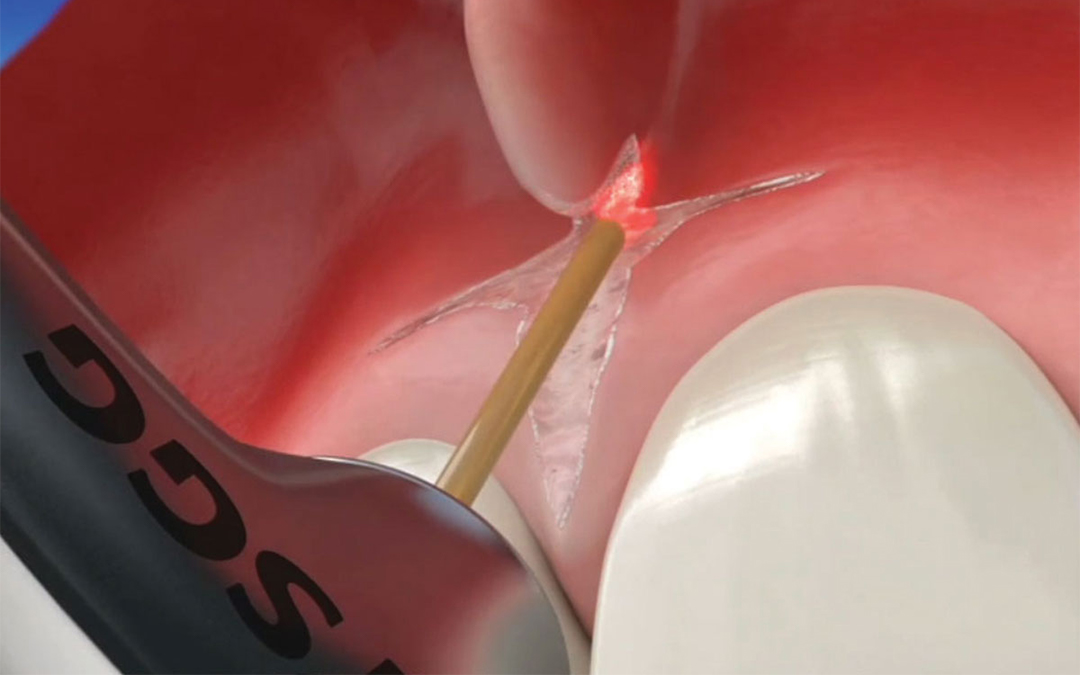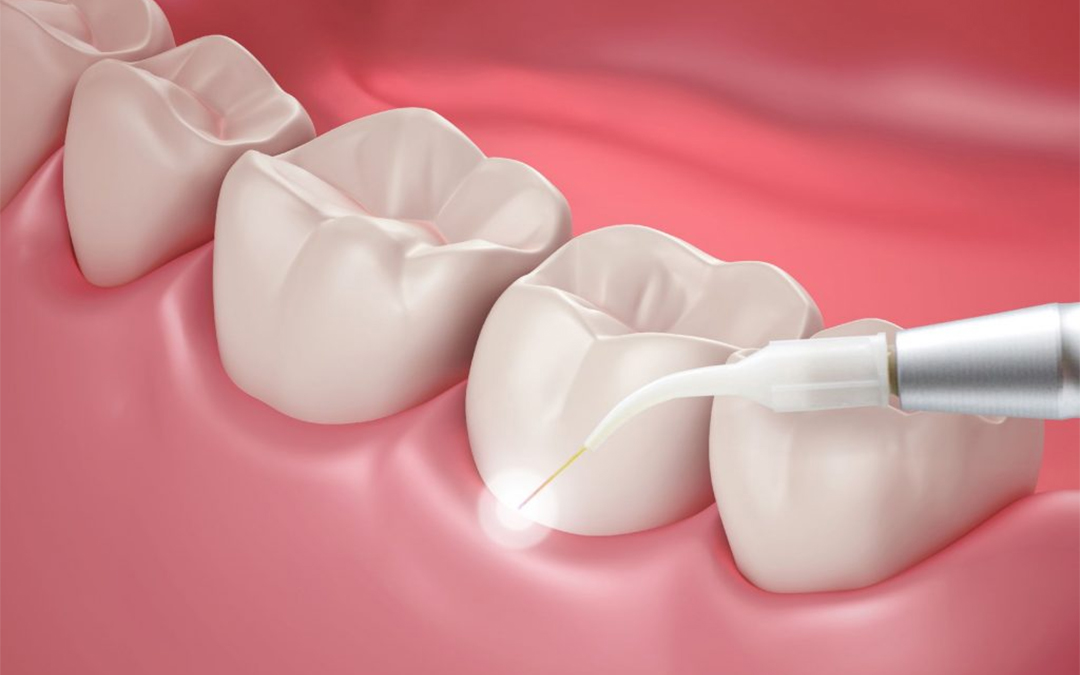What is laser dentistry?
Laser dentistry is the use of lasers to treat a number of different dental conditions. It became commercially used in clinical dental practice for procedures involving tooth tissue in 1989.
Laser dentistry potentially offers a more comfortable treatment option for a number of dental procedures involving hard or soft tissue compared to drills and other non-laser tools.
LASER stands for “light amplification by the stimulated emission of radiation.” The instrument creates light energy in a very narrow and focused beam. This laser light produces a reaction when it hits tissue, allowing it to remove or shape the tissue.
Laser dentistry is used in a variety of procedures, including:
- Treating Hypersensitivity
- Treating Tooth Decay
- Treating Gum Disease
- Whitening Teeth
Common soft tissue procedures include:
- Treating a “gummy smile.” Lasers are used to reshape gum tissue associated with “gummy smile,” in which the gums’ length covers much of the tooth.
- Crown lengthening. This procedure reshapes both gum tissue and bone for healthier tooth structure, which helps with placing restorations on the teeth.
- Treating tongue frenulum attachment. Those with a thick or tight frenulum (the fold of skin under the front part of tongue that anchors to the mouth floor) may benefit from a laser frenectomy. This treatment helps children whose restricted frenulum causes them to be tongue-tied, have difficulty breastfeeding, or have a speech impediment.
- Removing soft tissue folds. Lasers can remove soft tissue folds from ill-fitting dentures without pain or sutures.
Other laser procedures include:
- Viewing tissues. Optical coherence tomography allows a doctor to safely see inside a tooth or gum tissue.
- Removing benign tumors. Lasers can remove tumors from the palate, gums, and sides of the lips and cheeks through a pain- and suture-free method.
- Treating obstructive sleep apnea. Lasers can reshape the throat and relieve associated breathing problems when sleep apnea is caused by tissue overgrowth in the throat.
- TMJ (temporomandibular joint) treatment. Lasers can help reduce pain and inflammation in the joint.
- Nerve regeneration. Lasers can help regenerate damaged blood vessels, nerves, and scars.
- Treating cold sores. Lasers can minimize healing time and reduce pain from cold sores.
- Teeth whitening. Lasers speed up the bleaching process during teeth-whitening sessions.

